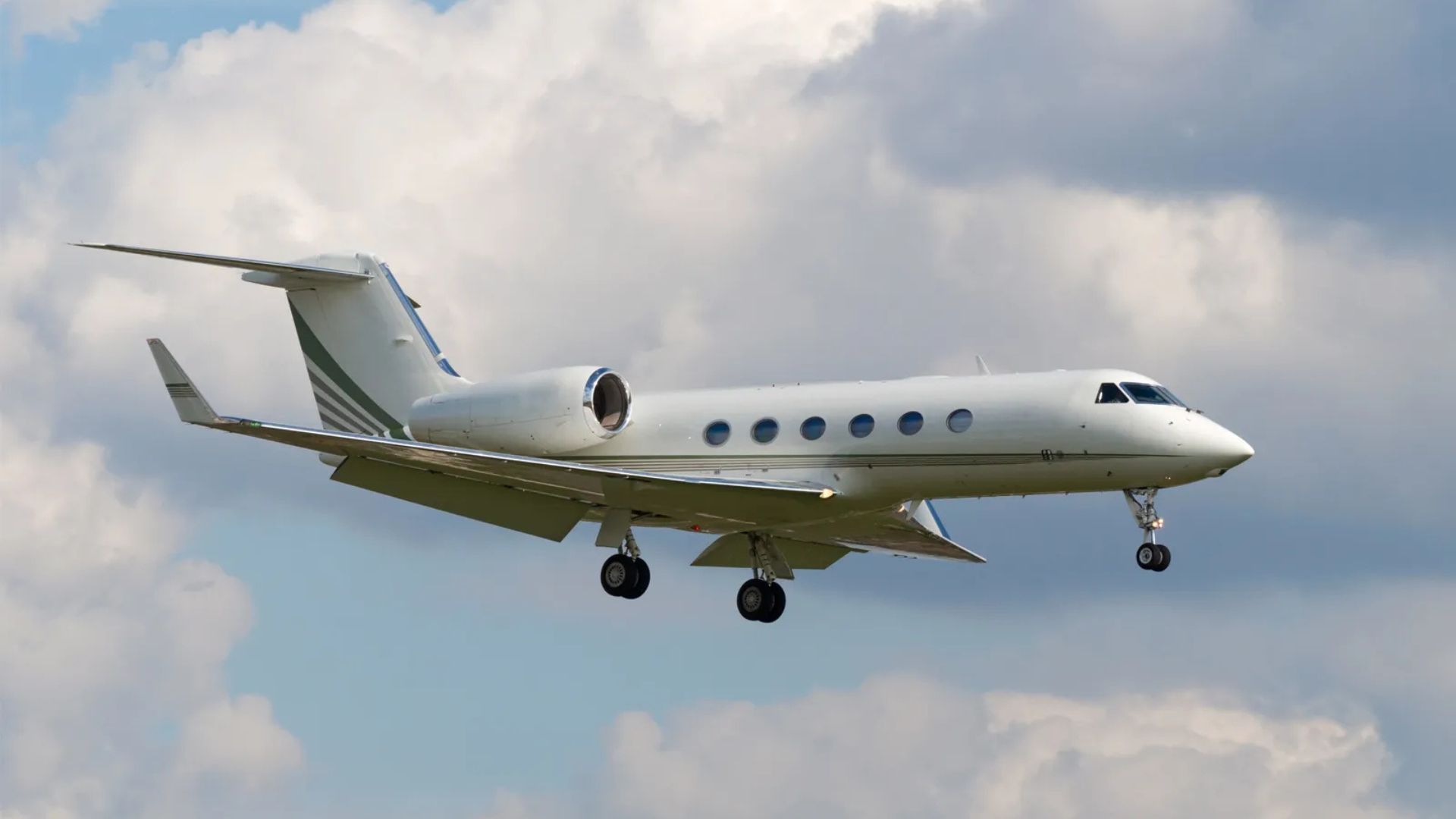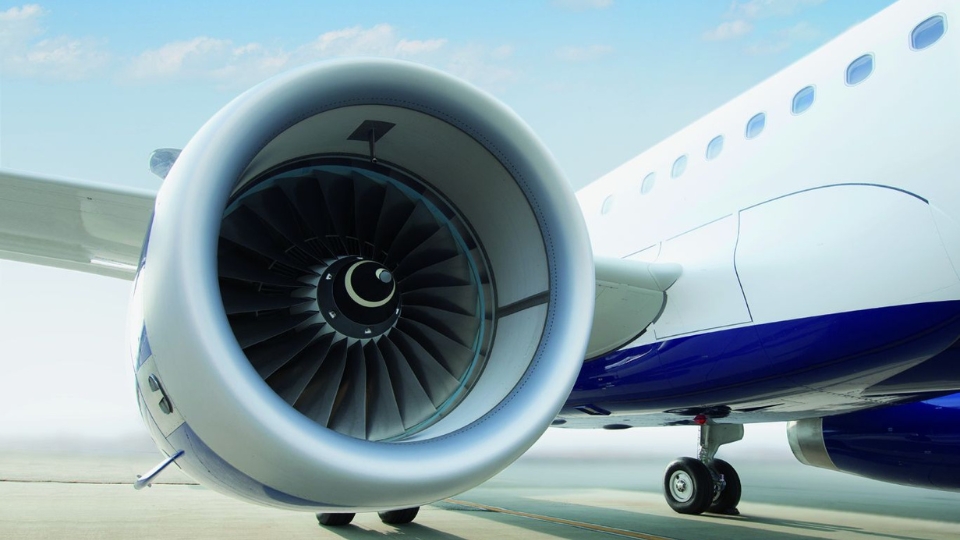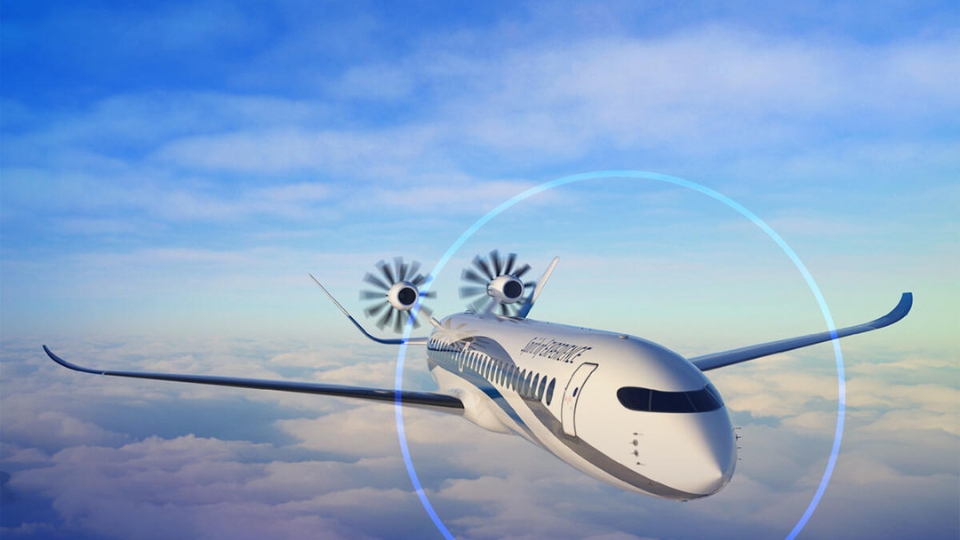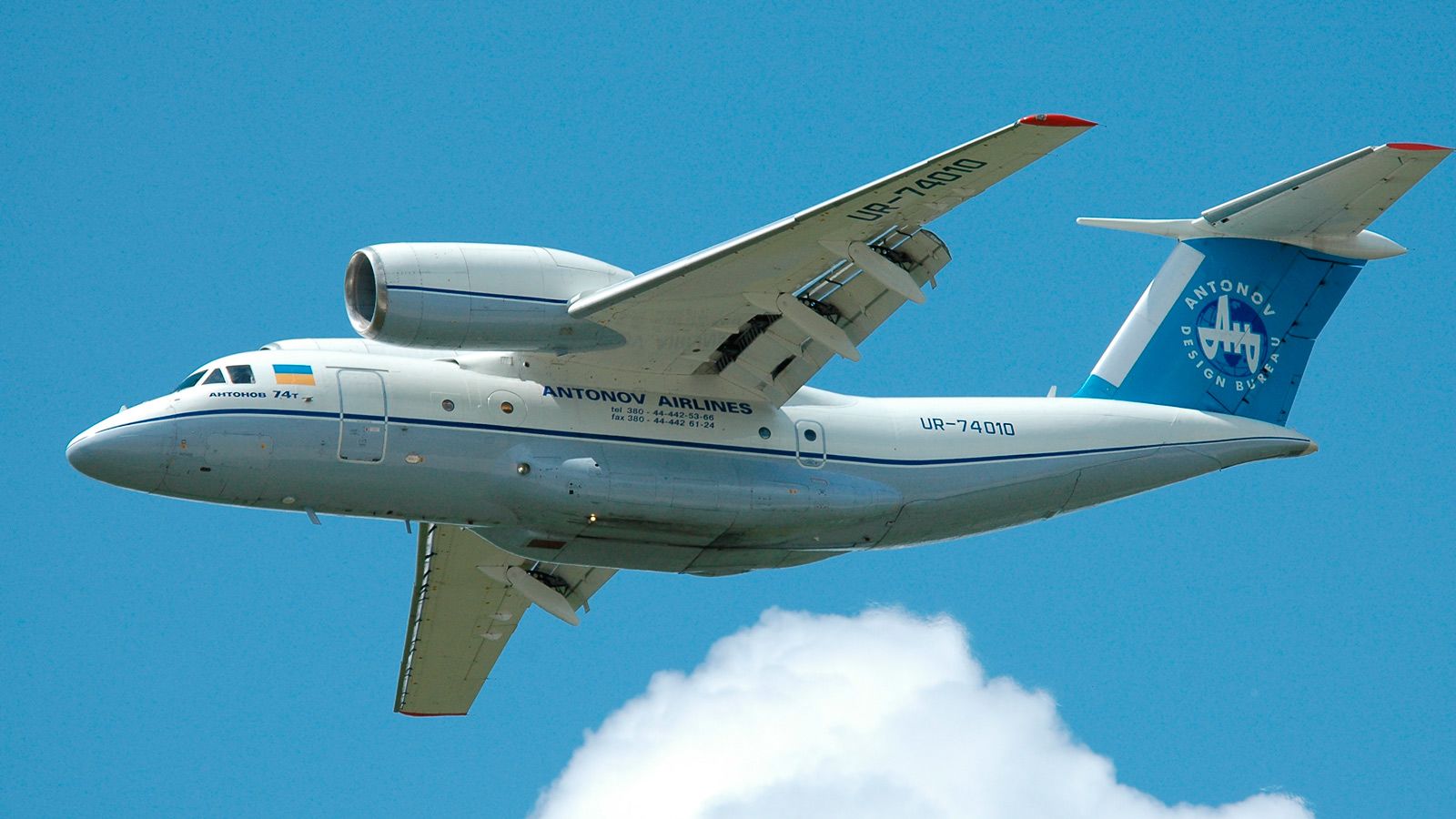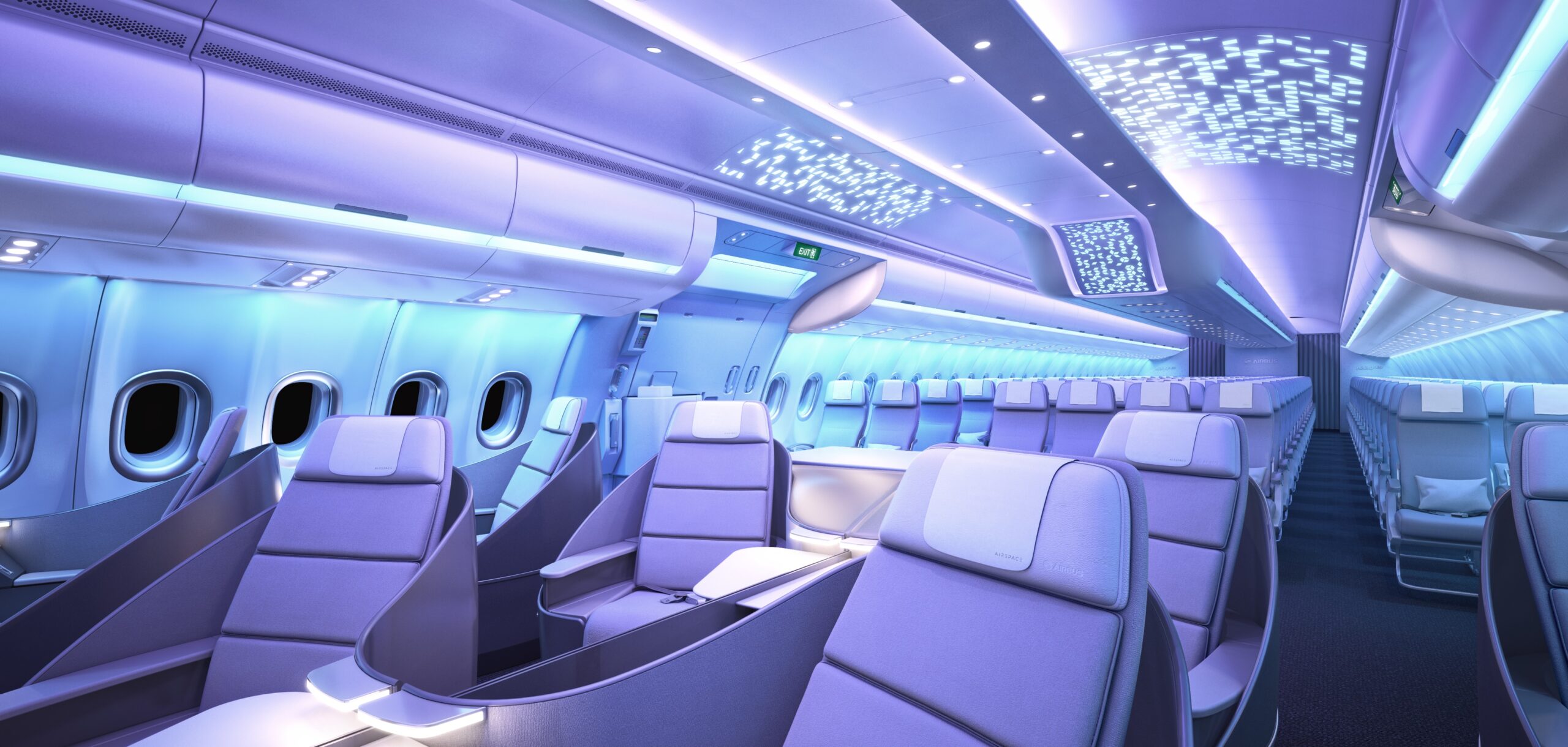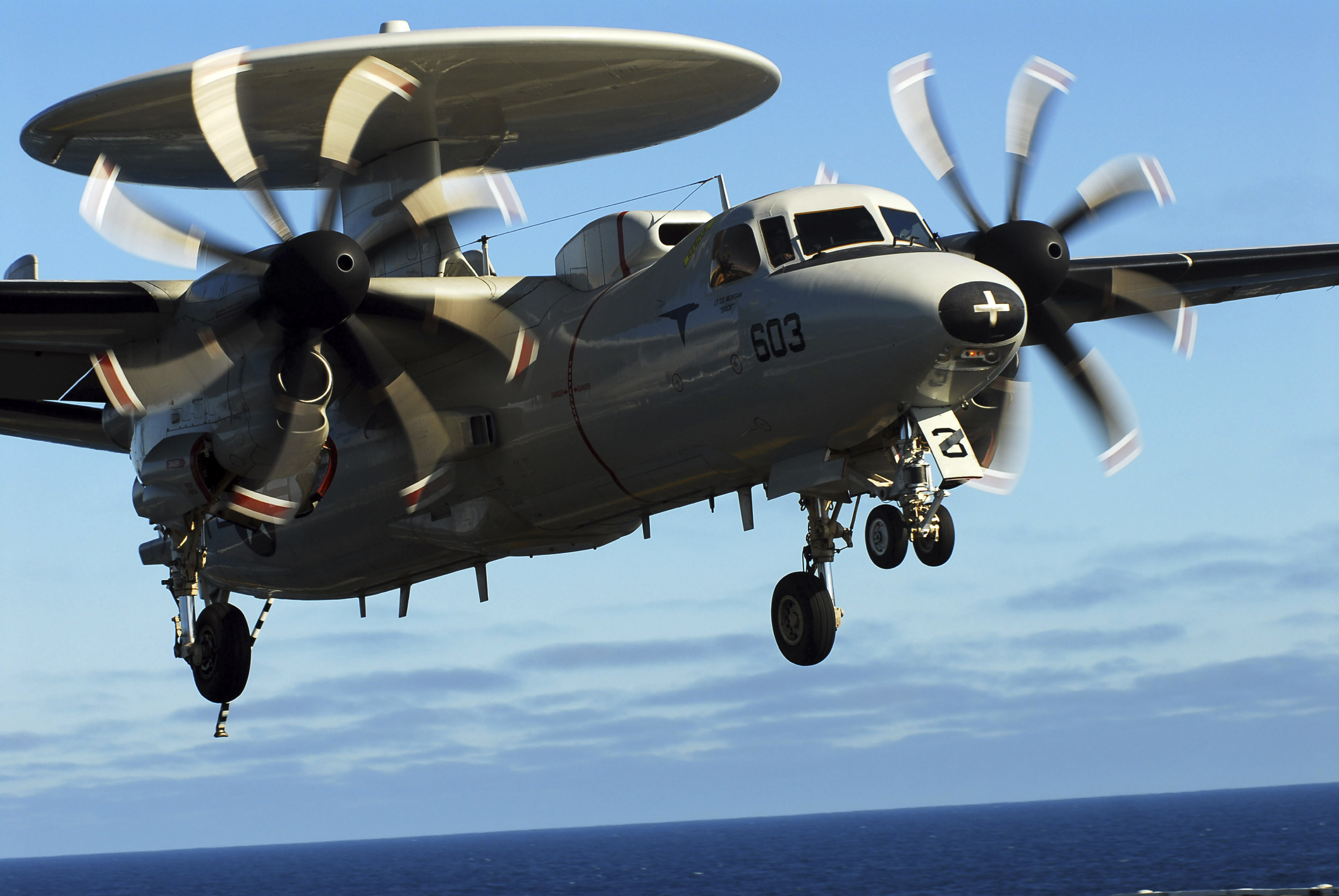The skies are filled with a variety of aircraft designed to serve distinct purposes. From carrying passengers across continents to transporting goods or providing luxury travel, aircraft types vary significantly. Understanding the key differences between commercial, cargo, and private jets helps clarify their unique roles in aviation.
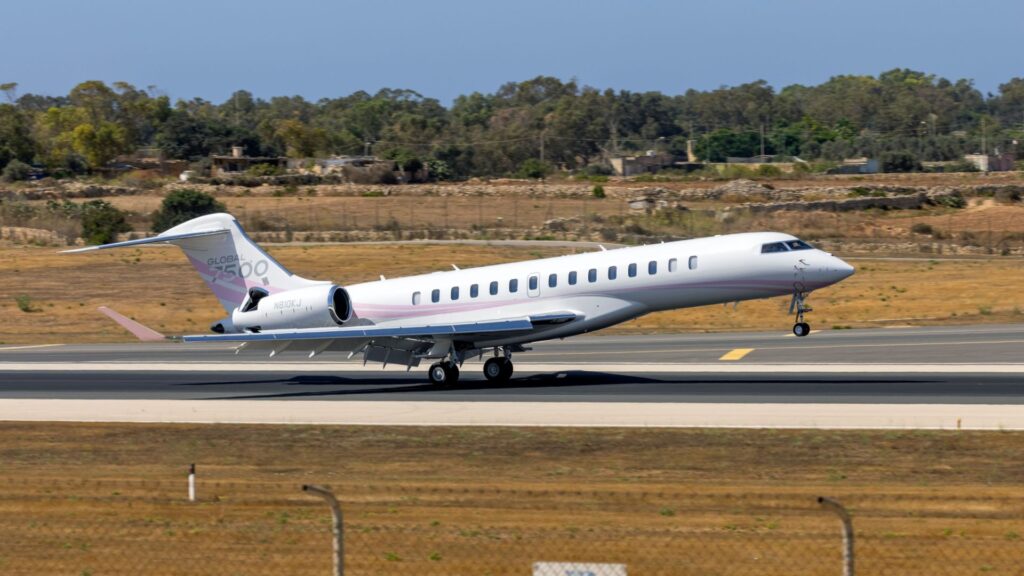
Commercial Aircraft: Moving Passengers at Scale
Commercial aircraft primarily serve airlines, transporting passengers on scheduled flights worldwide. These planes range from small regional jets to massive wide-body airliners.
Key Characteristics:
-
Designed for passenger comfort and capacity: Airlines prioritize cabin layout, seating arrangements, inflight entertainment, and amenities.
-
High capacity: Typical seating ranges from 50 passengers on regional jets to 500+ on jumbo jets like the Boeing 747 or Airbus A380.
-
Long range and reliability: Commercial aircraft are built to handle thousands of flight hours per year, covering domestic and international routes.
-
Strict regulations and certifications: These planes undergo rigorous safety and maintenance standards to meet aviation authority requirements.
Examples include the Boeing 737, Airbus A320 for short- to medium-haul flights, and the Boeing 777 or Airbus A350 for long-haul international travel.
Cargo Aircraft: The Workhorses of Freight
Cargo aircraft are specialized planes designed to transport goods rather than passengers. They play a crucial role in global supply chains, moving everything from electronics and pharmaceuticals to heavy machinery.
Key Characteristics:
-
Maximized payload capacity: Cargo planes feature reinforced floors, large cargo doors, and often lack passenger amenities to save weight.
-
Versatile loading options: They can carry palletized freight, oversized equipment, or even live animals.
-
Modified passenger aircraft: Some cargo planes are converted versions of commercial airliners (known as freighters), while others are purpose-built, like the Boeing 747-8F or Antonov An-124.
-
Efficient for rapid delivery: Cargo airlines and logistics companies rely on these planes to enable fast, global shipping.
Cargo aircraft can vary widely, from small turboprops like the ATR 72F used for regional freight, to massive heavylifters capable of carrying tanks and helicopters.
Private Jets: Personalized Luxury and Flexibility
Private jets cater to individuals, corporations, and VIPs seeking personalized, flexible air travel. These aircraft prioritize luxury, convenience, and privacy.
Key Characteristics:
-
Smaller size and capacity: Typically seating 4 to 20 passengers, private jets are designed for comfort over mass transit.
-
Custom interiors: Lavish cabins often include beds, conference areas, gourmet kitchens, and advanced entertainment systems.
-
Access to smaller airports: Private jets can use regional airports and avoid the crowds of major hubs.
-
Flexible scheduling: Owners or charter customers set their own flight schedules, often enabling direct point-to-point travel.
Popular private jets include models like the Gulfstream G650, Bombardier Global 7500, and Cessna Citation XLS+.
Comparing the Three Types
| Feature | Commercial Aircraft | Cargo Aircraft | Private Jets |
|---|---|---|---|
| Primary Use | Passenger transport | Freight transport | Personalized travel |
| Passenger Capacity | 50–850+ | Usually none (cargo only) | 4–20 passengers |
| Cabin Design | Economy to luxury seating | No passenger cabins | Luxury interiors |
| Airport Access | Major international airports | Major airports, sometimes special cargo hubs | Smaller, regional airports |
| Operational Model | Scheduled airline service | Scheduled or on-demand freight | On-demand charters or ownership |
Why These Differences Matter
Each aircraft type addresses unique needs in global aviation. Commercial planes keep economies and tourism moving, cargo planes support supply chains and emergency relief, and private jets offer convenience and exclusivity for business or leisure travel.
Conclusion
From bustling commercial airliners to specialized cargo freighters and sleek private jets, the aviation world is diverse and complex. Understanding these aircraft types helps appreciate how air travel and transport efficiently serve different markets and priorities around the world.

